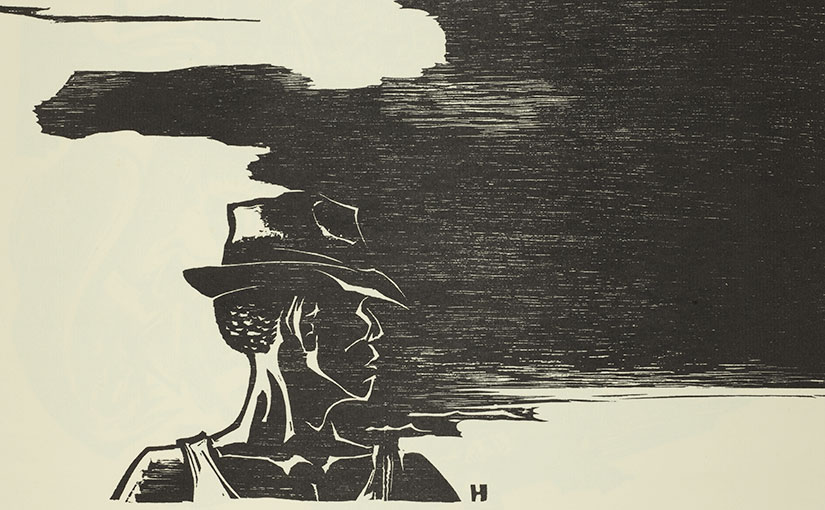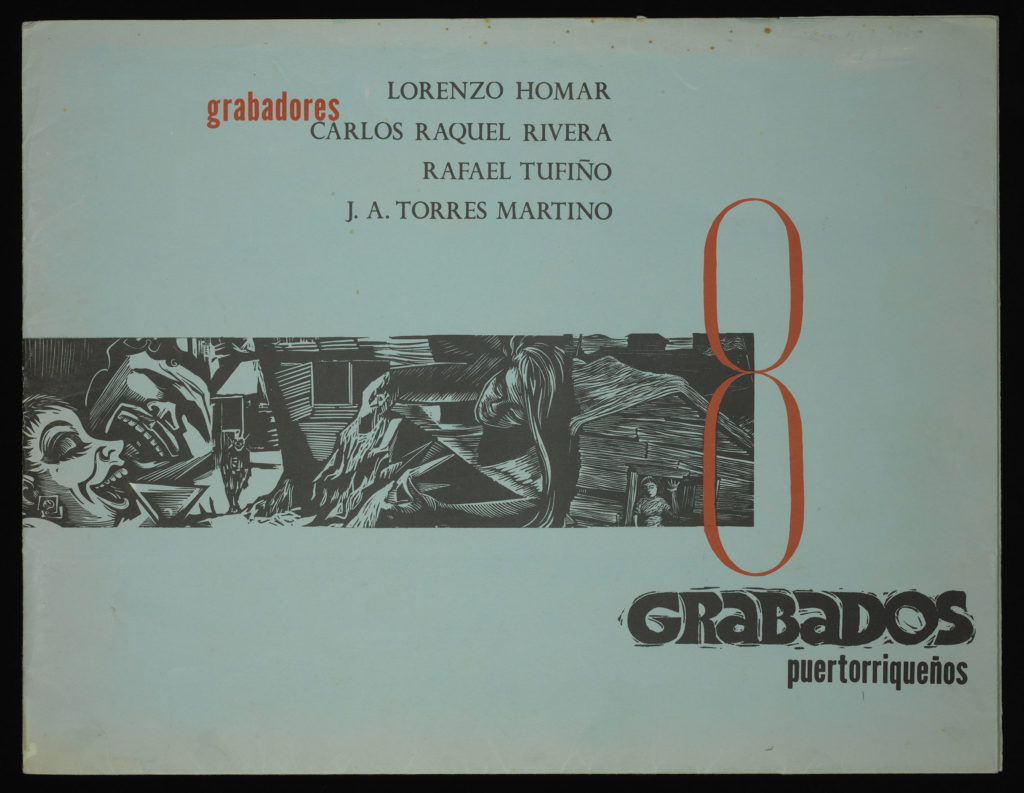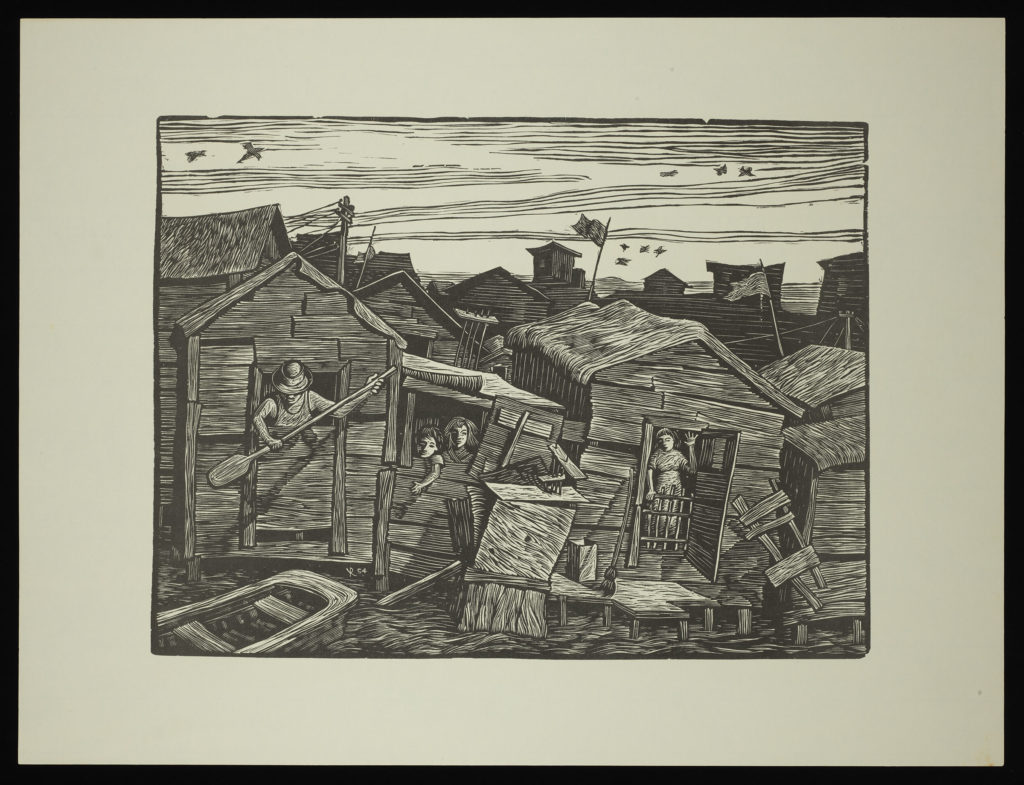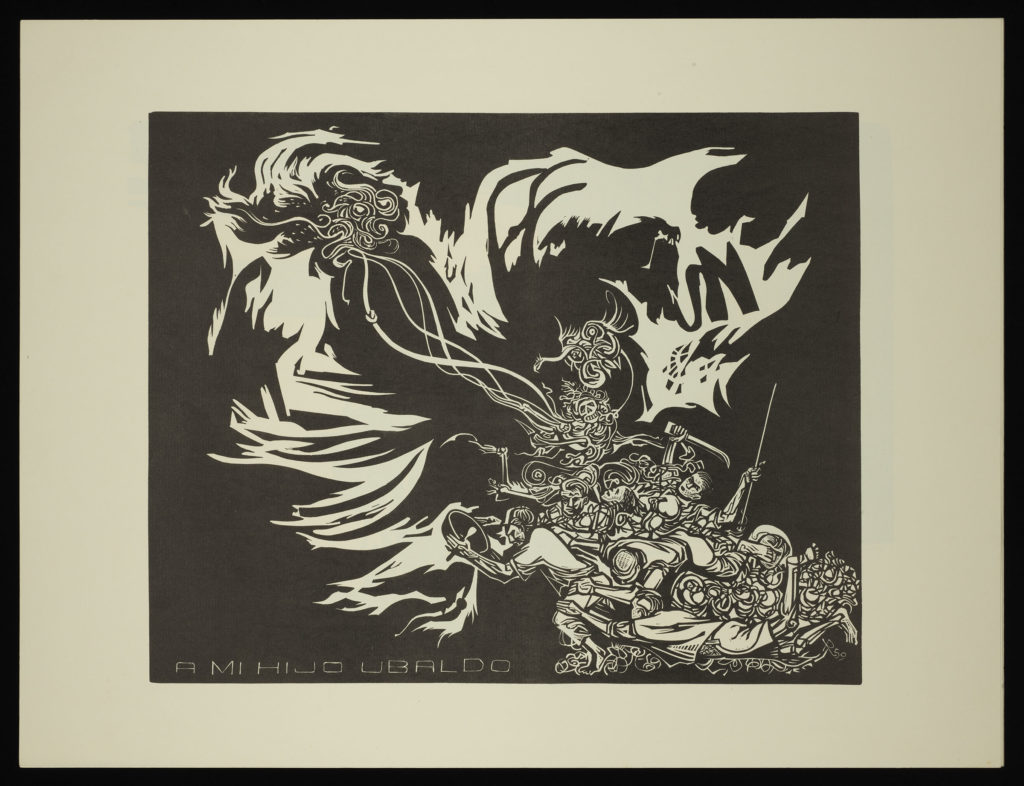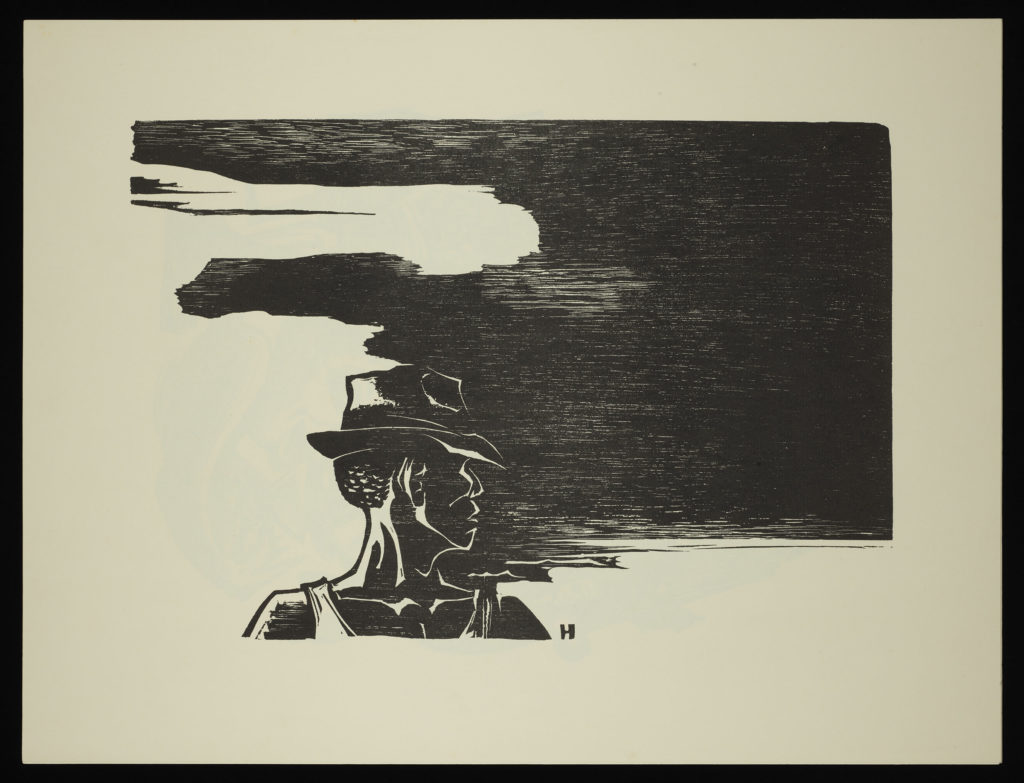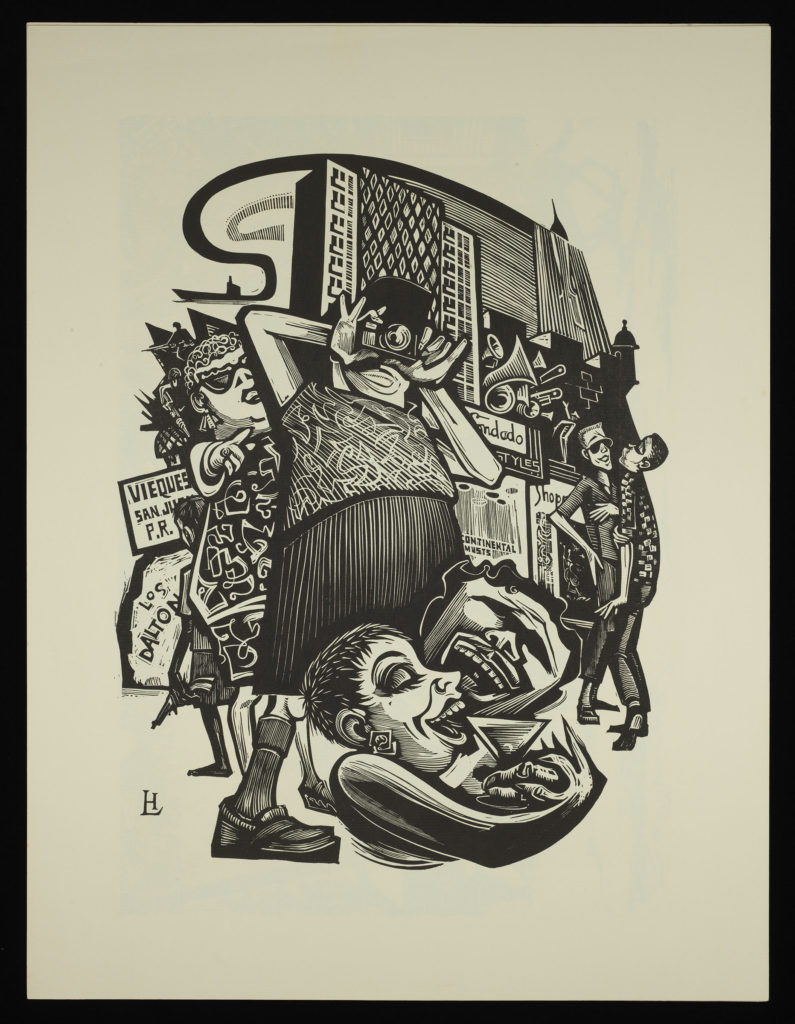by Julie Tanaka, Curator, Rare Books
This Wednesday, June 19, 2019, marks the 153 celebration of Juneteenth, the name African Americans in Texas gave to emancipation day.
On June 19, 1865, Major-General Gordon Granger, Union commander of the Department of Texas, arrived in Galveston, where he issued General Orders, No. 3:
The people of Texas are informed that, in accordance with a proclamation from the Executive of the United States, “all slaves are tree.” This involves an absolute equality of personal rights and rights of property between former masters and slaves, and the connection heretofore existing between them becomes that between employer and hired labor.
The freedmen are advised to remain quietly at their present homes, and work for wages. They are informed that they will not be allowed to collect at military posts, and that they will not be supported in idleness either there or elsewhere.
This order impacted approximately 250,000 slaves in Texas. Upon receipt of this news, newly freed slaves engaged in a variety of personal celebrations. In the following year, large public celebrations were held. These continue to today.
Juneteenth commemorates the emancipation of slaves in Texas and more generally those enslaved in the Confederate states. This day brings people together and is marked with picnics, family gatherings, parades, barbecues, and other events featuring guest speakers. But it is not merely a day of rejoicing and fun. Juneteenth also emphasizes education and reflection about achievements. It is a time of formal thanksgiving, often opened by the singing of “Lift Every Voice and Sing” written by James Weldon Johnson (1871-1938), the American writer and civil rights activist.
Despite the welcome news that General Gordon’s order brought to slaves in Galveston in 1865, the freedom proclaimed for these slaves arrived two-and-a-half years after President Abraham Lincoln had already granted them freedom He promulgated the Emancipation Proclamation on January 1, 1863:
That on the first day of January, in the year of our Lord one thousand eight hundred and sixty-three, all persons held as slaves within any State or designated part of a State, the people whereof shall then be in rebellion against the United States, shall be then, thenceforward, and forever free…
Though the Proclamation applied only to slaves in states that had seceded from the Union and that had not yet come under the control of the North, it marked a significant shift in the long process to end slavery in the US. This process culminated, at least on paper, two years later on December 6, 1865 when Congress ratified the Thirteenth Amendment to the Constitution of the United States.
 Three weeks after Lincoln’s promulgation, Harper’s Magazine published an unsigned article titled “Emancipation” on page 55 of the January 24, 1863 issue. In this article, the magazine announces that on the following two pages, it has published “another double-page drawing by Thomas Nast,” and offers its description of Nast’s work.
Three weeks after Lincoln’s promulgation, Harper’s Magazine published an unsigned article titled “Emancipation” on page 55 of the January 24, 1863 issue. In this article, the magazine announces that on the following two pages, it has published “another double-page drawing by Thomas Nast,” and offers its description of Nast’s work.
Lincoln’s action had attracted the attention of German immigrant and American editorial cartoonist, Thomas Nast (1840-1902). Nast allegorically rendered a freed African American family in the January 24, 1863 issue of Harper’s Weekly, which the magazine captioned “Emancipation of the Negroes, January, 1863—the Past and The Future. Drawn by Mr. Thomas Nast.” Nast attracts his viewer’s attention in the central roundel. Several generations of this family—all happy and stylishly dressed—a family not ripped apart by slavery.

In the surrounding images, Nast presents the past and the future. Scenes depicting the history of slavery—the public sale of slaves, families being torn apart, the brutality of slaves held in bondage—fill out the left half, while the rest of the image points toward the future and improved living conditions. The transition begins in the smaller roundel. Father Time holds Baby New Year, who unlocks the shackle of the slave kneeling before him. Columbia stands atop the central roundel. Below her to the left Lincoln’s portrait hangs on the wall next to the highly symbolic banjo (a symbol, rooted in African religious traditions, of slave life), and below Columbia to the right stands Justice before a scene of a Union victory. An American flag waves proudly above a public school with two children waving to their mom who wears a southern-style head scarf and holds an infant as they happily run off to school. Another sign of improved life in America are African Americans standing before a cashier’s window engaged in a business transaction.
Two years later, the large, Philadelphia print shop of King and Baird issued a commemorative print based on Nast’s image. The main difference between the 1863 image and the reissue is found in the small roundel. Lincoln’s portrait replaces Father Time, Baby New Year, and the kneeling slave. Whether Thomas Nast had approved this change or the issuing of the commemorative print is uncertain, but his message remains clear: the ills of America’s past can be corrected and as the US moves forward, new opportunities await for these emancipated Americans.
References:
Texas State Libraries and Archives Commission, “Juneteenth.”
Texas State Historical Association, “Juneteenth.”
Fiona Deans Halloran, Thomas Nast: The Father of Modern Political Cartoons (Chapel Hill, University of North Carolina Press, 2012).
 We hope that this online resource will help faculty and students to Take 10 for the Planet this week.
We hope that this online resource will help faculty and students to Take 10 for the Planet this week.

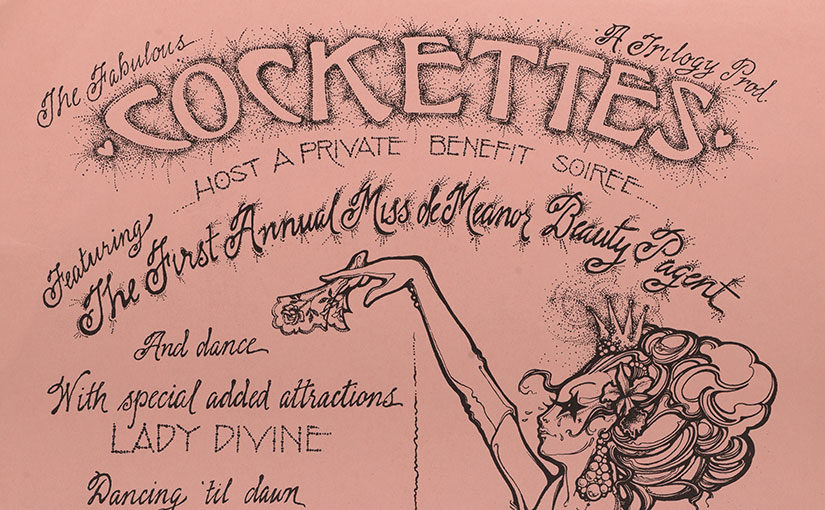

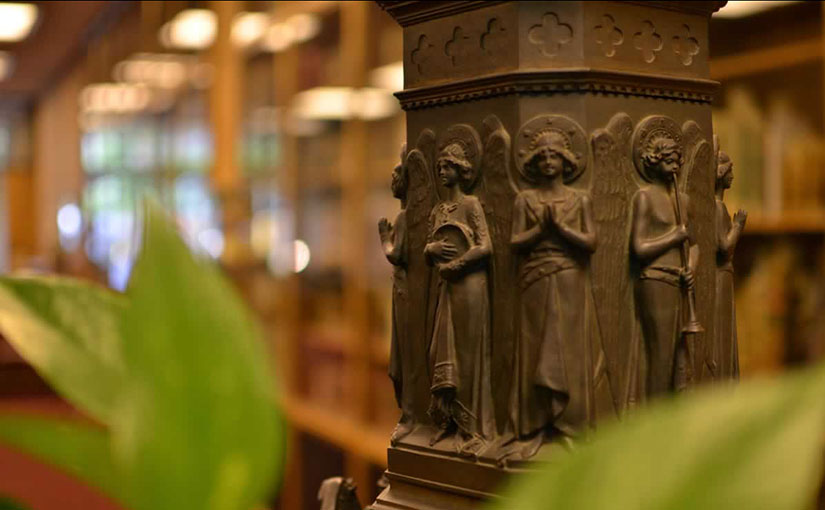

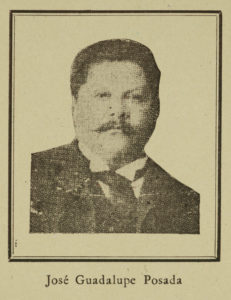
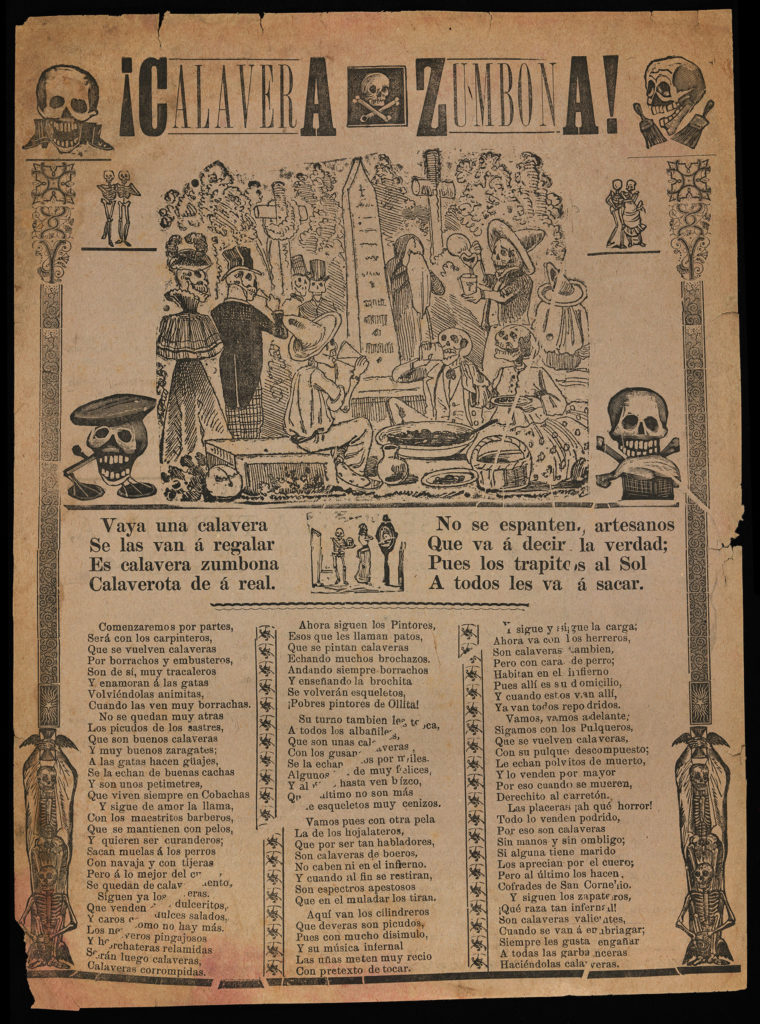
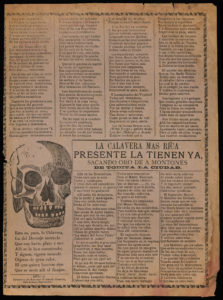
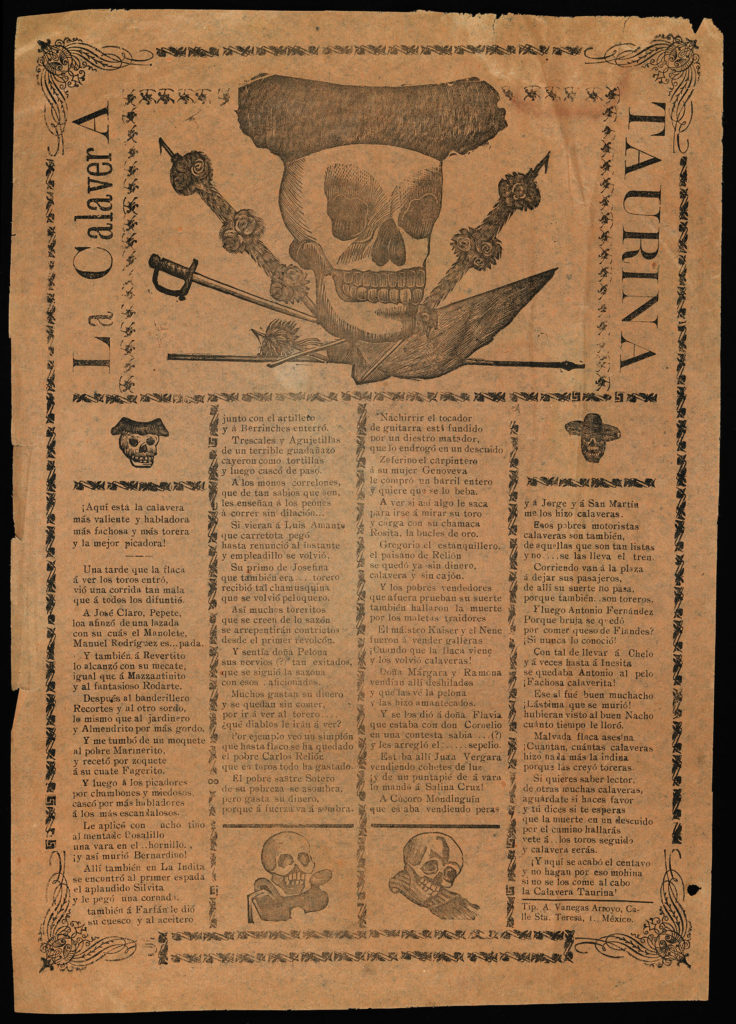
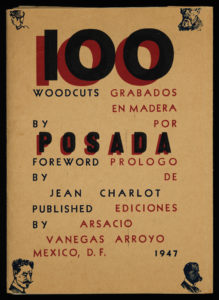
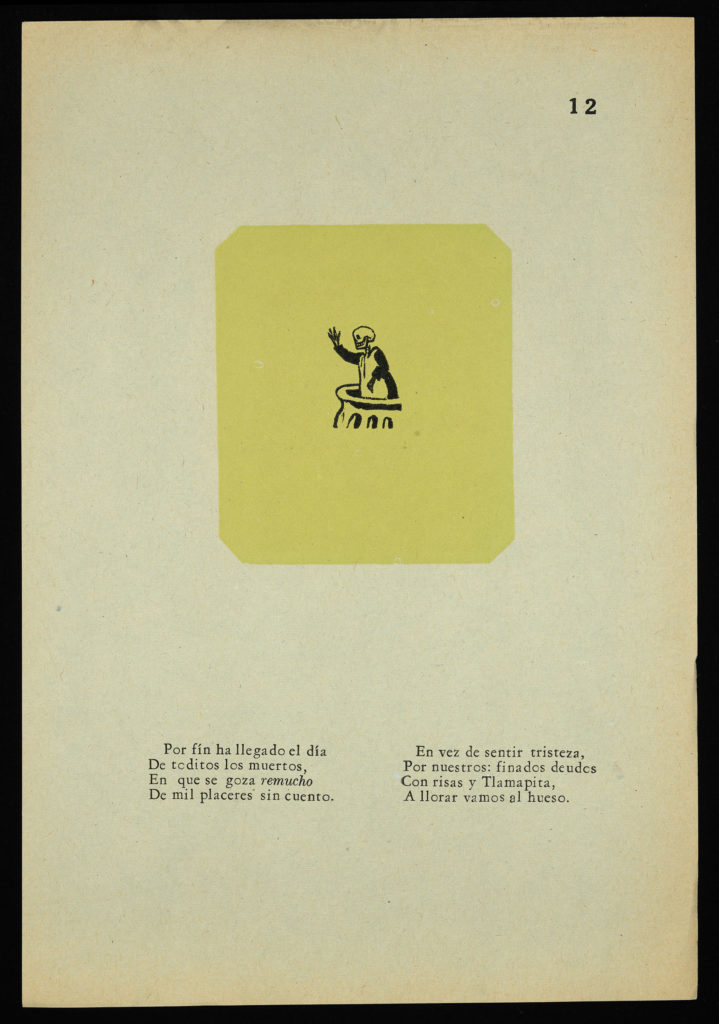
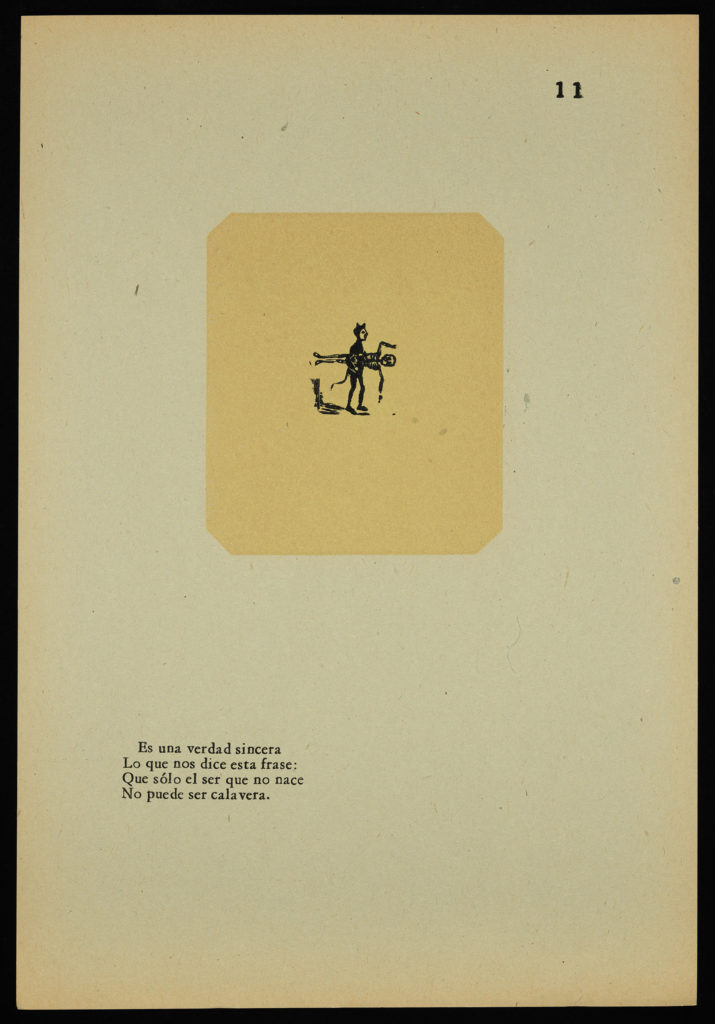
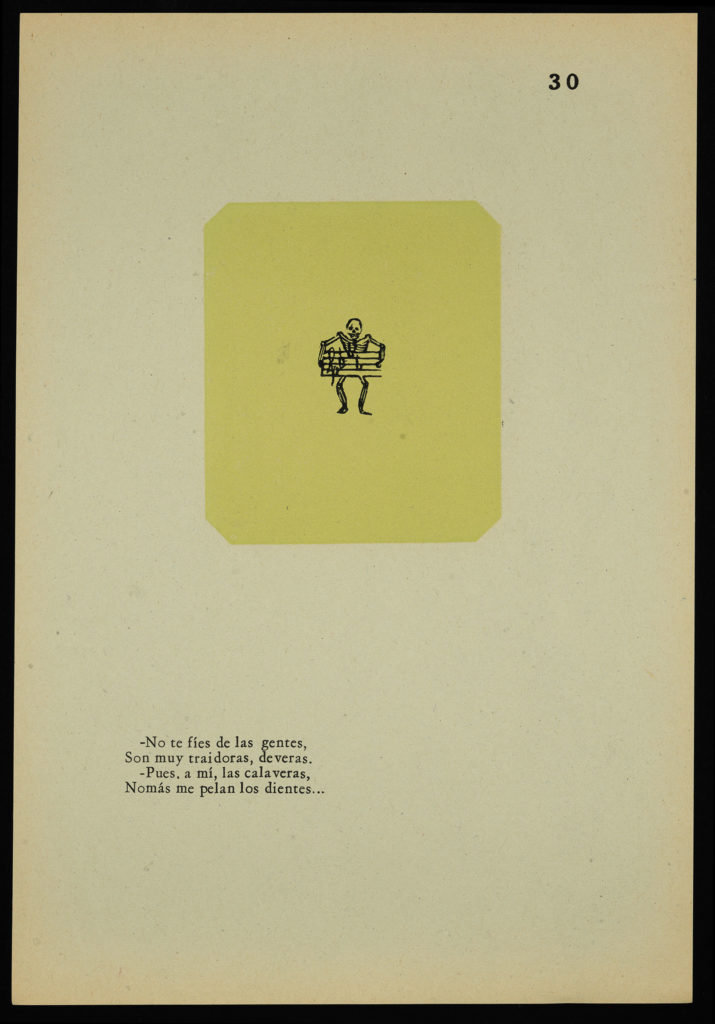
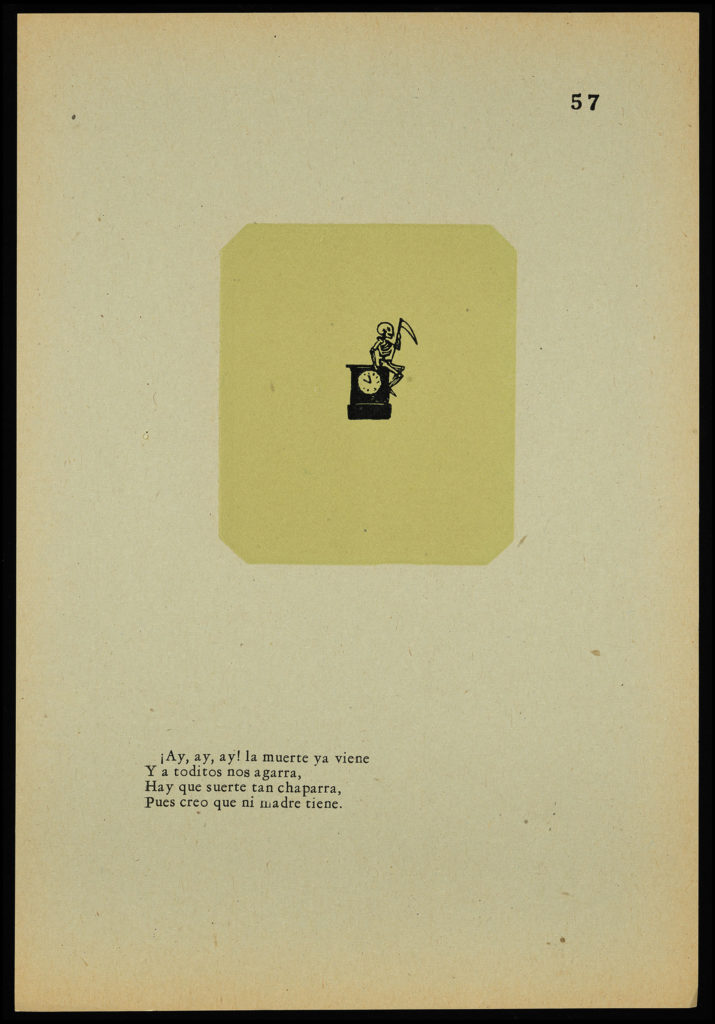
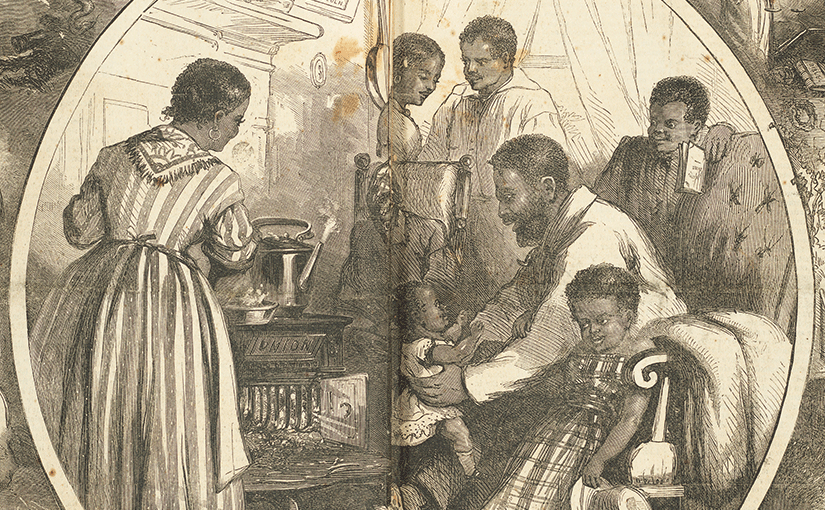


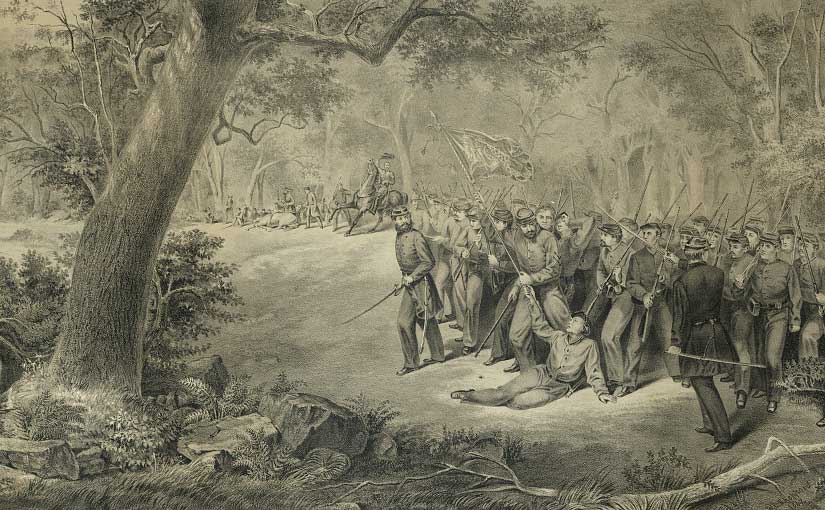
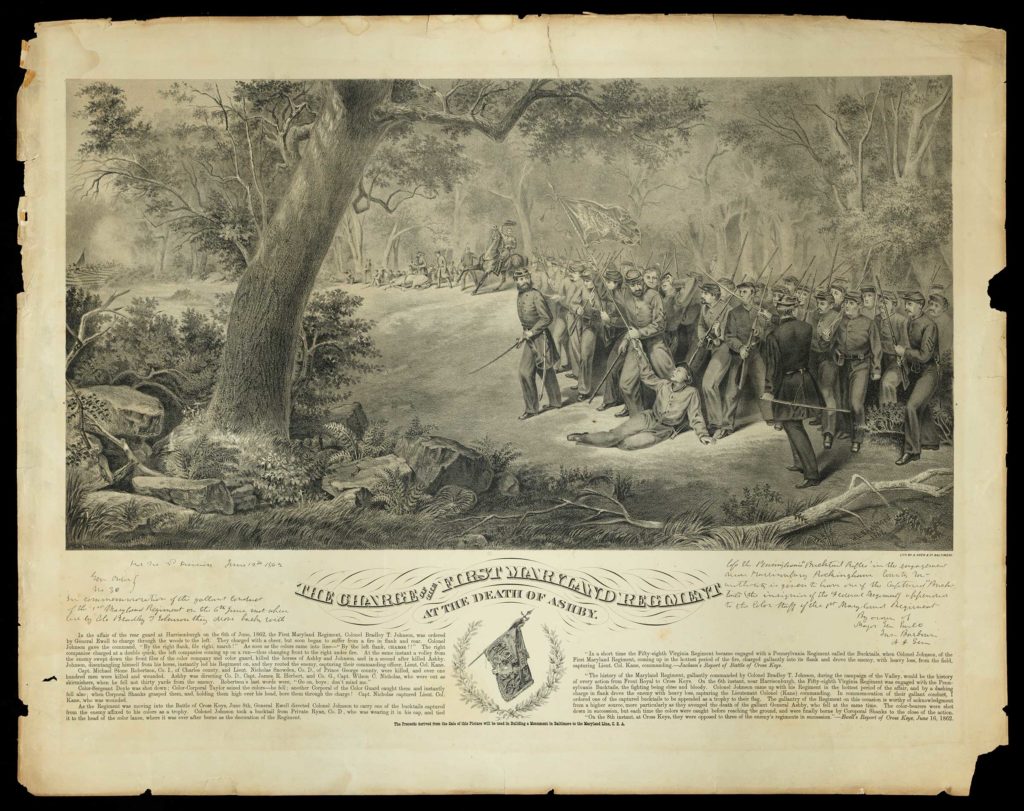



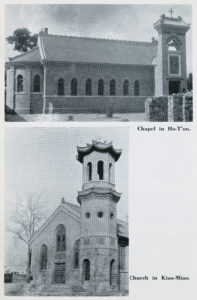 In one painting, Jesus points at Peter and says, “You are the rock, Peter on which I will build my Church.” Peter, like the Bishop Megan, has a goatee and wears a “simple blue Chinese gown.” The church in the background resembles the “Chinese-style” church that the Bishop had built.
In one painting, Jesus points at Peter and says, “You are the rock, Peter on which I will build my Church.” Peter, like the Bishop Megan, has a goatee and wears a “simple blue Chinese gown.” The church in the background resembles the “Chinese-style” church that the Bishop had built.